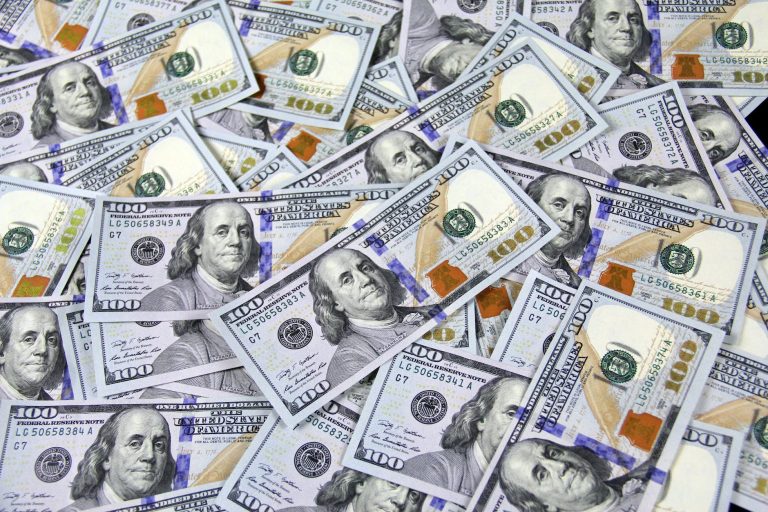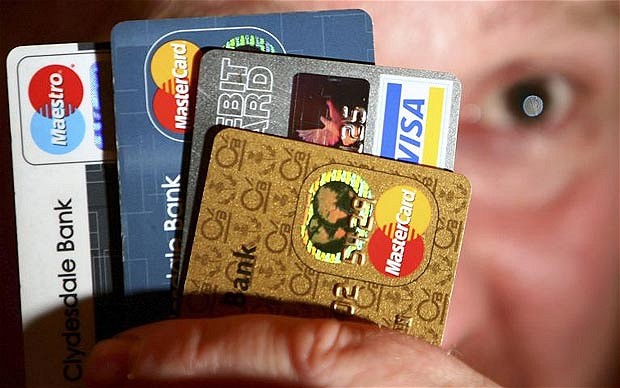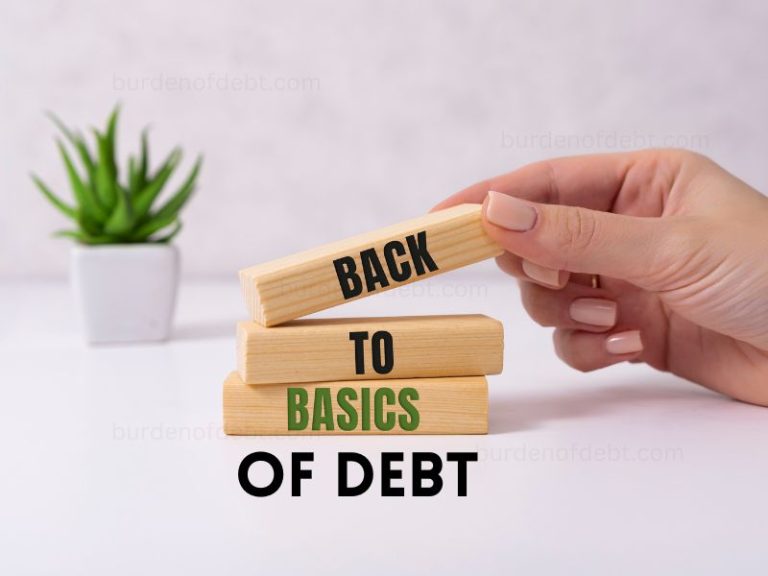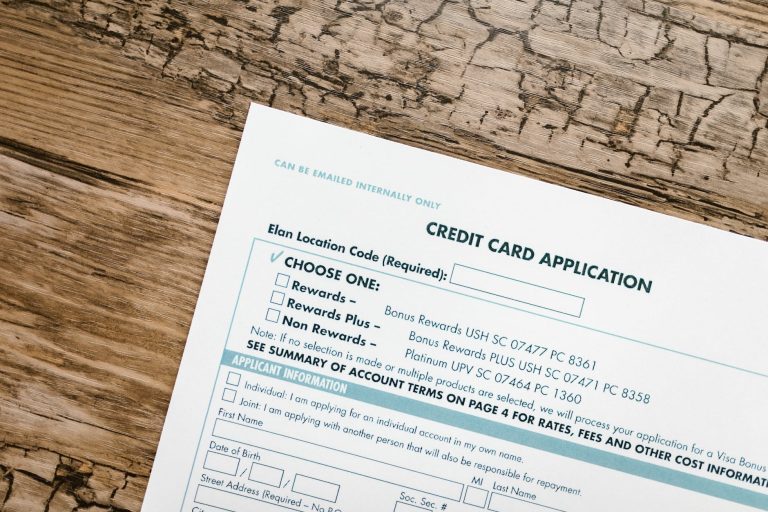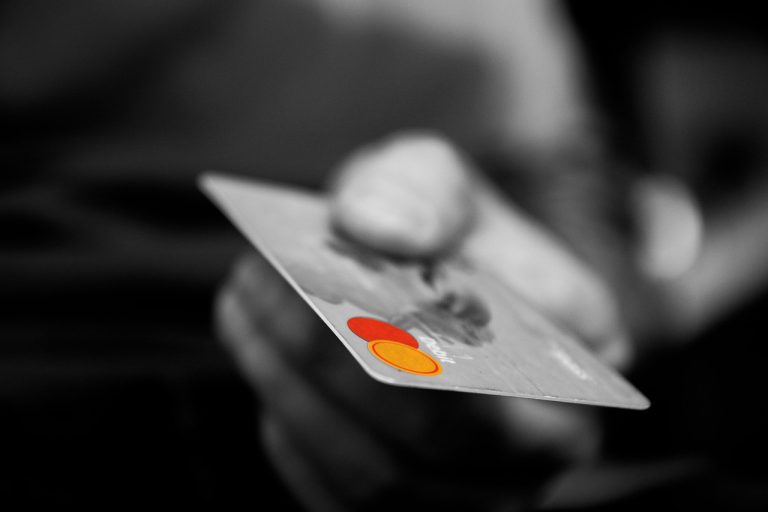Why Do We Use Credit?
The Allure of Credit
The realm of personal finance is often seen as a battleground where individuals wrestle with numbers to keep their financial health intact. Among the various players in this arena, credit emerges as a double-edged sword. While it promises immediate gratification and a sense of financial security, it often leads one down the rabbit hole of personal debt. This dichotomy places many in a quandary, especially when the allure of credit is juxtaposed with the reality of debt.
The Semantics of Credit and Debt
One can’t help but ponder on the semantics involved in the terms “credit” and “debt.” The subtle shift in terminology plays a crucial role in how we perceive this financial instrument. The term “credit” often evokes a sense of approval or trust, whereas the term “debt” usually carries a negative connotation, hinting at something owed or pending. This semantic play is not just a matter of linguistic interest but holds tangible implications in the real world.
The scenario unfolds something like this: a persuasive advertisement from a bank, showcasing the ease and benefits of obtaining a credit card, catches the eye of a consumer. The proposition is enticing – spend now, pay later. The consumer, enticed by the offer and the idea of having additional financial resources, decides to opt for the credit card, stepping into the realm of credit.
The Facade of Financial Security
Credit, when viewed through rose-tinted glasses, often appears as a pathway to enhanced financial security. It provides a cushion for unforeseen circumstances, like medical emergencies or sudden travel needs. Moreover, credit enables one to make significant purchases without waiting for the slow accumulation of savings. Imagine needing a car for a new job, and credit makes it possible to have it by the next day.
However, as comforting as this immediate financial ability might seem, it’s a facade that often leads to a cycle of personal debt. The ease of swiping a card detaches one from the reality of their spending, and before long, the bills start piling up, creating a mountain of debt.
The Fine Line Between Needs and Wants
Distinguishing between needs and wants is a cornerstone of financial literacy. However, credit blurs this line significantly. The instant gratification that credit provides often fuels impulsive purchases. Whether it’s the latest smartphone or a designer outfit, the temptation is always just a swipe away. Over time, this behavior can lead to a cycle of spending beyond one’s means, eventually spiraling into a quagmire of personal debt.
In contrast, when dealing with hard cash or savings, one is more likely to pause and evaluate the necessity of a purchase. This moment of pause is crucial as it fosters a culture of mindful spending, a practice often overshadowed by the instant gratification credit offers.
Credit Awareness: A Step Towards Financial Literacy
In today’s ever-evolving financial landscape, being credit aware is not just advisable, but imperative. The banks, once generous in extending credit, have now tightened the reins. The ease of obtaining credit is not what it used to be, and for a good reason. The aftermath of reckless credit spending has left both consumers and banks in a precarious position.
Now, the terms of credit extension demand more scrutiny, and individuals are advised to tread cautiously. It’s imperative to weigh the pros and cons before taking the plunge into the world of credit. The veil of financial security that credit offers is thin, and the reality of personal debt lurks just beneath the surface.
Understanding the intricacies of credit, the impact on personal debt, and fostering a culture of financial literacy is vital for navigating the complex waters of personal finance. This journey begins with recognizing the allure of credit, understanding its implications, and making informed decisions to safeguard one’s financial future.
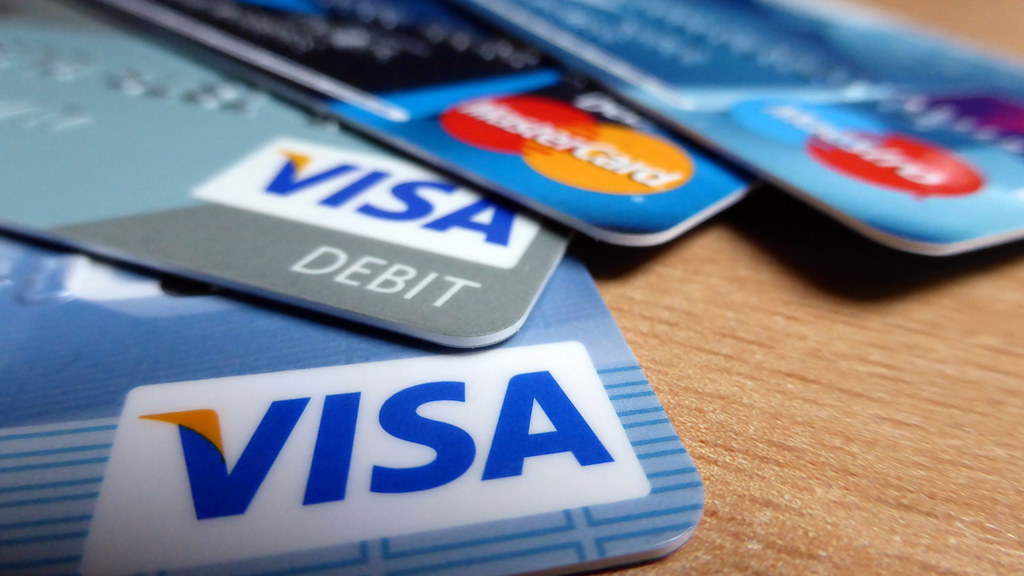
The Ebb and Flow of Personal Debt in Recent Times
The narrative of credit and personal debt isn’t merely theoretical, but has tangible implications, as seen in the recent trends reported by reputable institutions. The narrative becomes even more compelling when backed by the latest data and developments in the domain of consumer credit and personal debt.
The Ballooning Household Debt
Recent data reveals an alarming growth in household debt. As of Q2 2023, the total household debt in the US reached a staggering $17.06 trillion, marking a slight uptick from the previous quarter. This increment of $16 billion in household debt showcases the continued reliance on credit by American households.
Credit Card Debt on the Rise
Credit card balances witnessed a significant bump, escalating by $45 billion from Q1 to Q2 2023, thus reaching a series high of $1.03 trillion. This 4.6% quarterly increase in credit card debt underscores the ease with which consumers can fall into the trap of personal debt, especially when enticed by the convenience of credit cards. The number of credit card accounts swelled by 5.48 million, bringing the total to 578.35 million, while the aggregate limits on these accounts increased by $9 billion, now standing at an astronomical $4.6 trillion.
The Implications of High Interest Rates
The situation is further exacerbated by the prevailing high interest rates. A recent report from the Federal Reserve disclosed that the average annual interest rate on credit card balances surged to a record high of 22.8% at the end of August. This sharp rise in interest rates from 16% piles on the financial strain on consumers, making it even more challenging to break free from the shackles of personal debt.
Diversification of Debt
It’s not just credit card debt that’s burgeoning; other forms of debt are also on a steady rise. Auto loan debt witnessed an increase, surpassing student loan debt with a reported $9 billion in student loan forgiveness. Furthermore, the average total debt levels in most states rose by 5.8% in 2022, driven primarily by credit cards, auto loans, and mortgages, reflecting the diversified nature of personal debt that American consumers are grappling with.
A Glimpse into the Future
These recent trends echo the urgent necessity for enhanced credit awareness and financial literacy among consumers. The burgeoning figures of personal debt underscore the ease with which one can slide into a financial quagmire, especially in a high-interest-rate environment. The diversification of debt across various channels further highlights the complex landscape of personal debt, urging a re-evaluation of the prevailing credit culture.
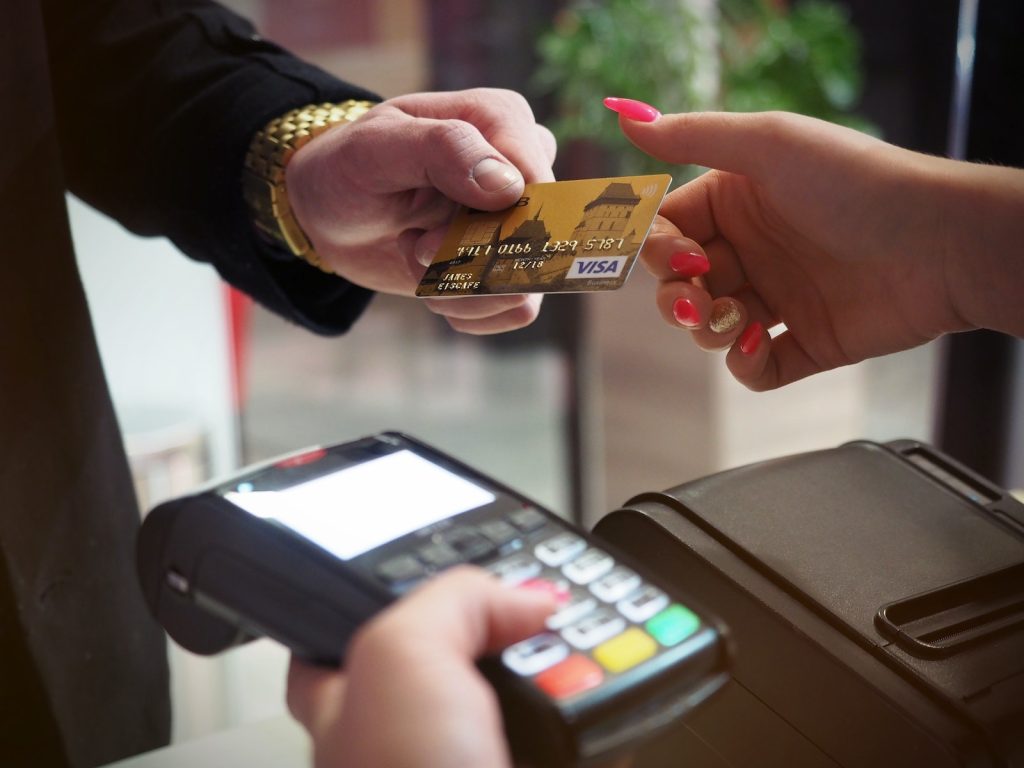
Reflecting on the Credit Conundrum
As we traverse the financial landscape of credit and personal debt, the contours of a complex picture emerge. On one hand, credit can be a boon, bridging the financial gaps and providing a cushion in times of dire need. On the other hand, it can morph into a bane, ensnaring individuals in a cycle of debt that could be challenging to escape from.
The semantics of ‘credit’ and ‘debt’ are more than mere linguistic nuances. They are powerful drivers of perception and behavior, often leading individuals down a path of financial uncertainty. The recent surge in credit card balances, coupled with high interest rates, further intensifies the personal debt predicament.
The diversification of personal debt across various channels—be it credit cards, auto loans, mortgages, or student loans—depicts a multi-faceted challenge. Each form of debt carries its unique set of implications, yet they all converge at the point of financial literacy and awareness.
As the curtain falls on this discussion, the imperative for a heightened awareness and a nuanced understanding of credit and its implications on personal debt shines brightly. It beckons a collective effort from individuals, financial institutions, and policymakers to foster a culture of financial literacy and prudent credit usage.
The road ahead may seem daunting, but with informed decisions, robust financial education, and a shift in perception towards credit, a financially secure and debt-free future is within grasp.
(Editor note: updated on 10/14/23)
Sources
- “Total Household Debt Reaches $17.06 Trillion in Q2 2023; Credit Card Debt Exceeds $1 Trillion,” Federal Reserve Bank of New York (August 08, 2023).
- “The Latest Personal Finance News for October 2023,” Experian (October 2, 2023).
- “Credit Scores Steady as Consumer Debt Rises in 2022,” Experian (2022).


